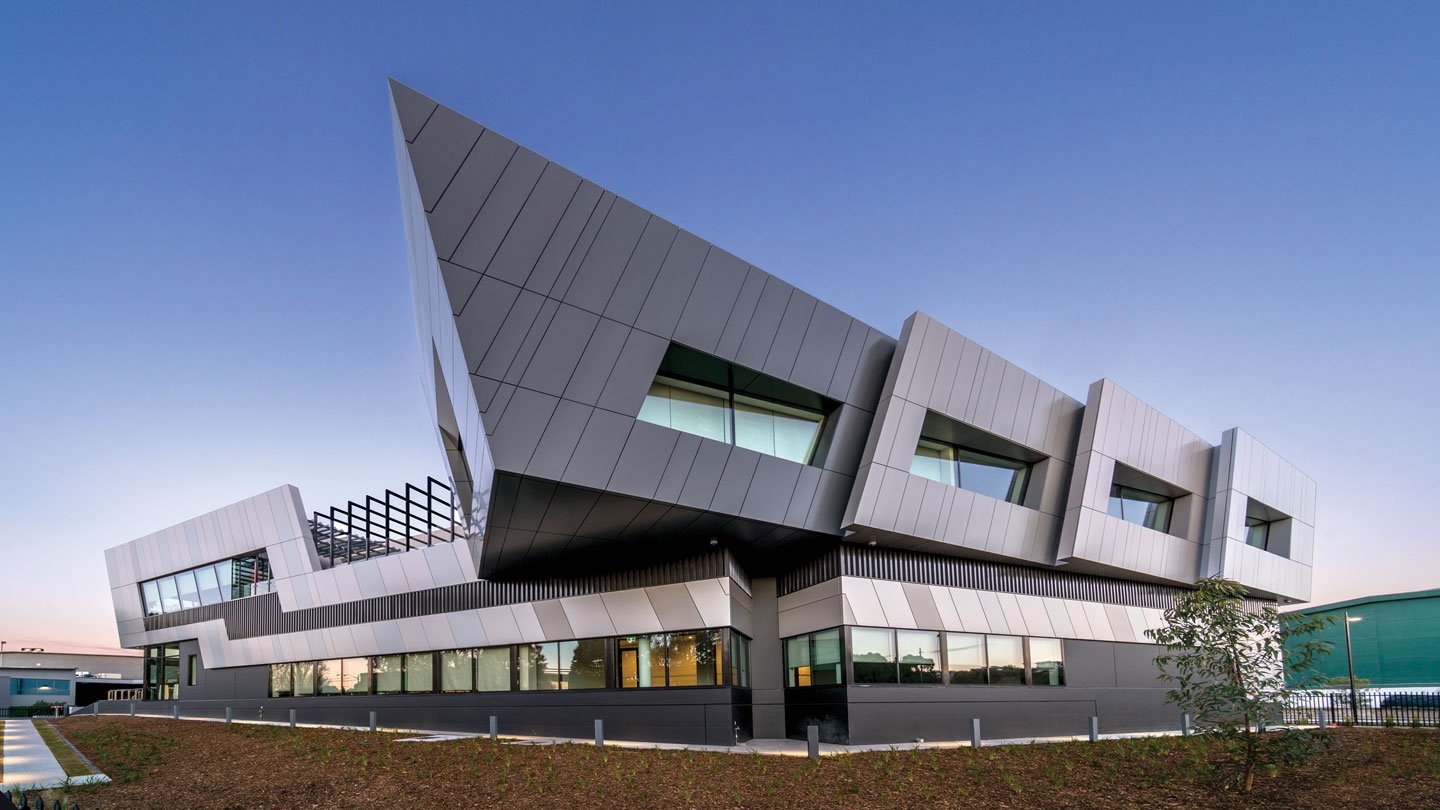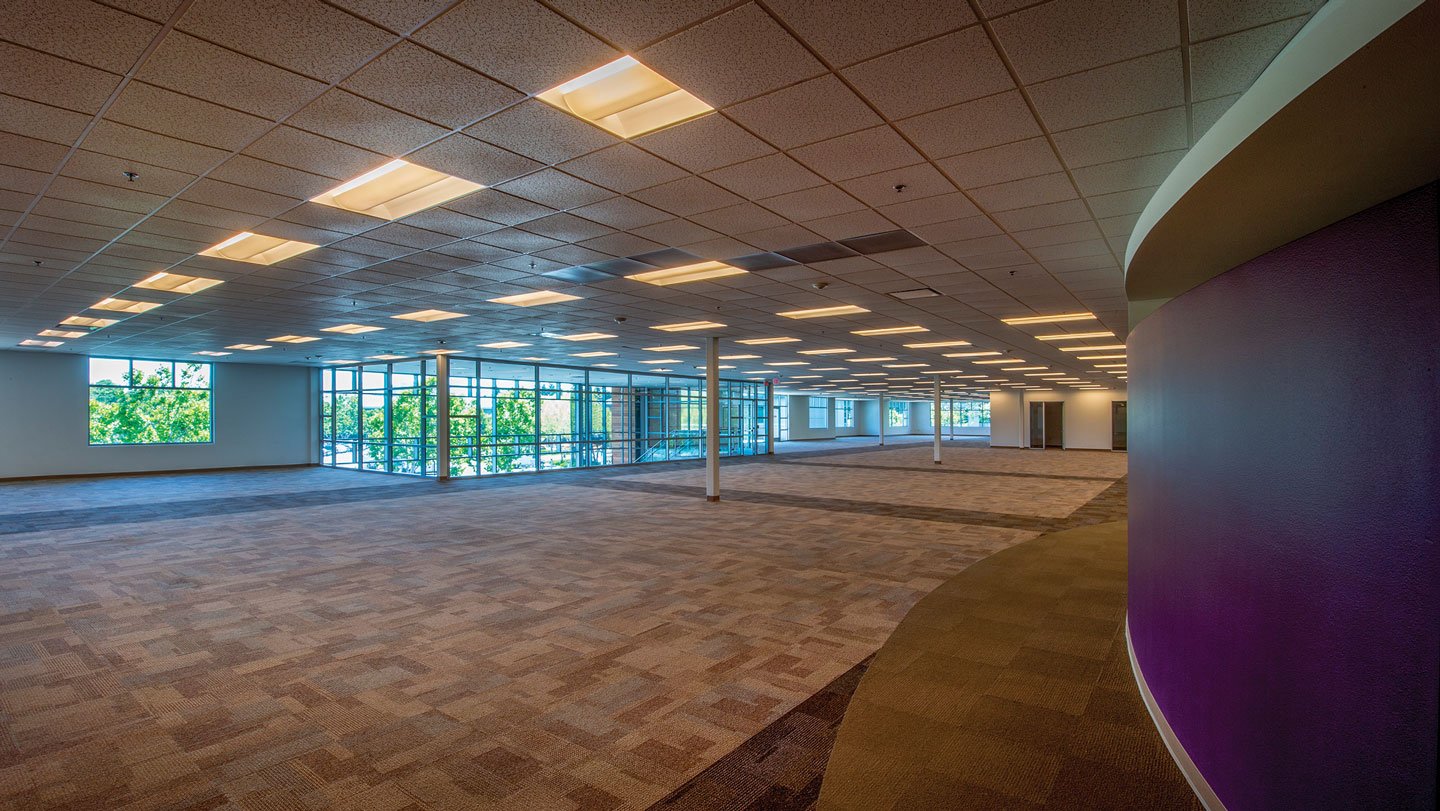
The Future of Connection in Commercial Real Estate
Commercial real estate is at the forefront of integrating distributed antenna systems, particularly in the health care, retail and office sectors.
Using a cell phone was never easy in a crowded athletic arena made of concrete, steel, glass and other materials that block cellular signals. However, the advent of distributed antenna systems (DAS) now allows for clearer connections, vibrant sounds and less chance of dropped calls. DAS use a network of small antennas to boost cellular connections, providing stadium patrons with uninterrupted access to data streaming, which can greatly enhance their experience.
This raises a question: Can owners and operators of other types of real estate also benefit from DAS?
Using DAS in Other Real Estate Sectors
Although DAS are currently found in stadiums more often than in other types of properties, that is likely to change because of the technology’s usefulness. For example, the rapid digitalization of the health care industry is creating a need for DAS in these facilities to accommodate the electronic transfer of medical records and prescriptions. Doctor-patient interactions are increasingly taking place through wireless connections, and DAS can allow those connections to be solid and consistent.
In retail real estate, customers actively use their phones for shopping — ordering new merchandise, making payment, and browsing for deals online. Retail stores connect with customers by sending promotional emails and updating them with shipping times and order locations. In the event of an in-store pickup, stores may require customers to call before arrival so that an employee can be alerted to bring their order out. Digitalization is also essential in making no-contact payments work. DAS accommodate all these activities through uninterrupted signal connections.
Modern office space presents yet another use case for DAS. As hybrid work becomes increasingly common, office building owners and operators must provide safe and secure digital networks to those working on-site. DAS achieve this by allowing individuals to work from home or the office through seamless cloud-based systems that run uninterrupted on all devices. DAS also provide applications such as Zoom and Skype clear video and audio, allowing quality connection to bridge the gap for businesses across long distances.
A seamless cellular connection is vital to modern operations in all these environments. Retail and office tenants, as well as the customers they serve, benefit greatly from stable and reliable cellular service. However, DAS implementation has implications that extend beyond the individual user. Property owners also stand to gain because DAS serve as a means of differentiating their buildings from those of competitors. Providing access to DAS satisfies the demands of professionals who are looking for ease in modern compatibility, many of whom take the quality of cellular service into account when deciding where to do business.
According to Intenna Systems CEO Christopher Lange, “Technologically efficient, convenient and connected buildings are quickly becoming the standard in today’s CRE market. Buildings that do not live up to this standard impact future revenue and risk losing tenants, lowering leasing rates and diminishing ROI when looking to divest the property.”
Per a 2023 MarketsandMarkets report, 87.1% of the total DAS market operates within commercial real estate, with public venues, health care organizations, and educational institutions having the highest demand for the technology. With proper usage, DAS can be a tool for property owners who wish to improve the desirability of their buildings in a market full of competition.
Challenges of Implementing DAS
DAS address one of modern technology’s most significant problems — connection issues. However, the technology comes with some problems of its own.
First, there are cost considerations when deciding between passive and active DAS. Passive DAS do not require analog-to-digital converters and have relatively simple installation and maintenance requirements. However, there is the need for a more accurate link budget calculation. A link budget is used to determine the received signal strength and test the performance of that signal from the transmitter to the distribution system. According to WilsonPro, Passive DAS cost approximately $1 per square foot and are recommended for buildings spanning 500,000 square feet or less.
Active DAS use ethernet and fiber-optic cables that can effectively span unlimited distances. However, due to the need for an analog-to-digital converter, the base price for these systems is much higher than passive DAS, as they create a new cellular signal rather than distributing an existing one. Active DAS charges, on average, are $2 to $4 per square foot, and can be as high as $10 per square foot, according to WilsonPro. Active DAS are more effective in buildings that exceed 500,000 square feet.
When deciding between the type of DAS to use in a building, trade-offs must be made between coverage, capacity and cost. If more cellular data usage is anticipated in one location, such as a massive stadium, a DAS emphasizing capacity will be necessary to handle immense cellular usage condensed in one area. Alternatively, a location such as a public plaza will benefit more from a coverage-based DAS that accounts for less condensed data and spans a significant distance. DAS can offer both coverage and capacity, albeit at a significant cost to the system operator.
Poised to Drive Worldwide Connectivity
In this age of advanced technology, DAS have the potential to revolution-ize connectivity on a global scale, from a single device to a huge stadium. Commercial real estate is at the forefront of integrating this technology, particularly in the health care, retail and office sectors. DAS technology plays a crucial role in ensuring stronger and more widespread cellular signals across vast distances. Despite some installation and cost-related challenges, DAS are poised to become cornerstones of digital infrastructure that will drive worldwide connectivity in all industries for years to come.
Aditya Singh is a Master of real estate development candidate at Clemson University.
How DAS WorkRather than creating a cellular signal, distributed antenna systems attract an existing signal to an on-site distribution system. The signal is then dispersed to a network of small antennas placed throughout a building. DAS, in general, can be split into passive and active systems. Passive DAS take an initial signal and distribute that signal using coaxial cables, splitters and couplers. Active DAS create a “master unit” that converts the radio frequency signal to a digitalized signal and distributes it across the building with fiber-optic and ethernet cables. These digitalized signals are then converted into radio frequency signals to connect to mobile devices. DAS are ideal for arenas because these facilities are large and experience high cellular network traffic; their operators rely heavily on wireless networks to satisfy visitors and conduct business activities during events. Most stadiums use active DAS because these systems are reliable and allow immense capacity for thousands of devices. The distribution component of these systems is typically located where it can easily connect to nearby cell towers, with smaller antennas placed throughout the stadium to relay the signal more efficiently. The goal is to attract a strong, secure signal and strengthen it with the distribution system, thereby expanding the entire network’s coverage and capacity. |
RELATED ARTICLES YOU MAY LIKE

Governments Turning to Adaptive Reuse Legislation for Additional Housing
Tax breaks, streamlined approvals and grants are some of the supply-side incentives.
Read More
Data Center Real Estate: Challenges and Opportunities in the Digital Age
Data center inventory growth has accelerated across North American markets.
Read More
Ripe for Conversion
Will a radical change in the purpose of underutilized office buildings transform the market?
Read More



